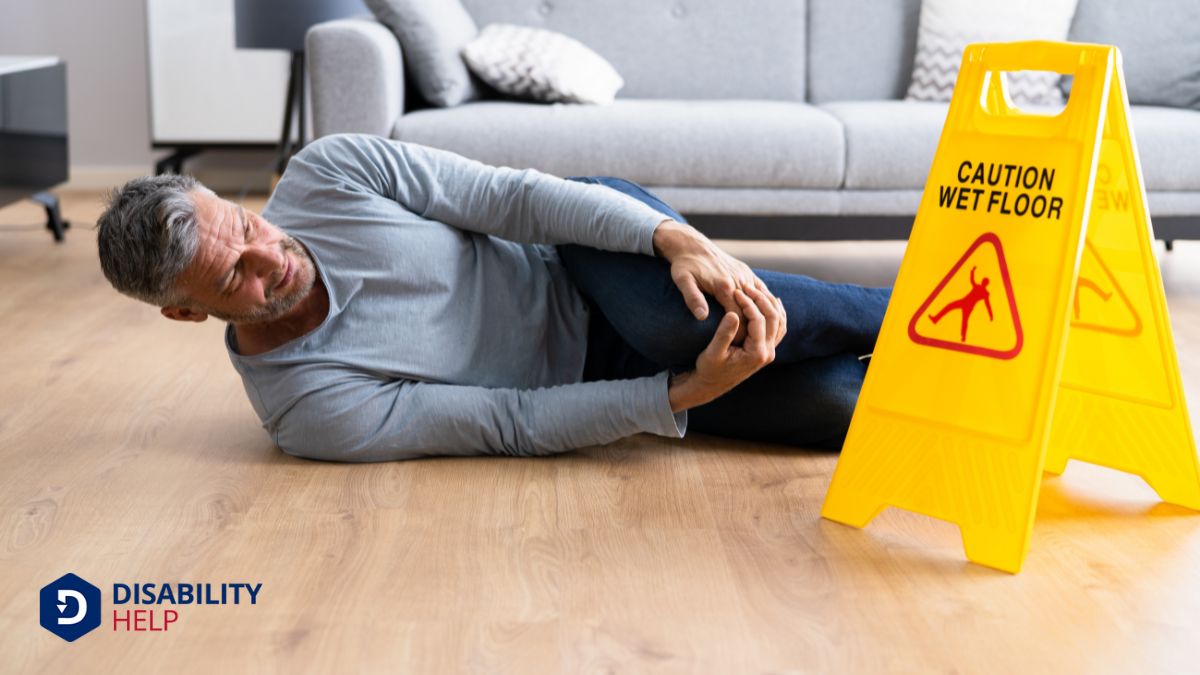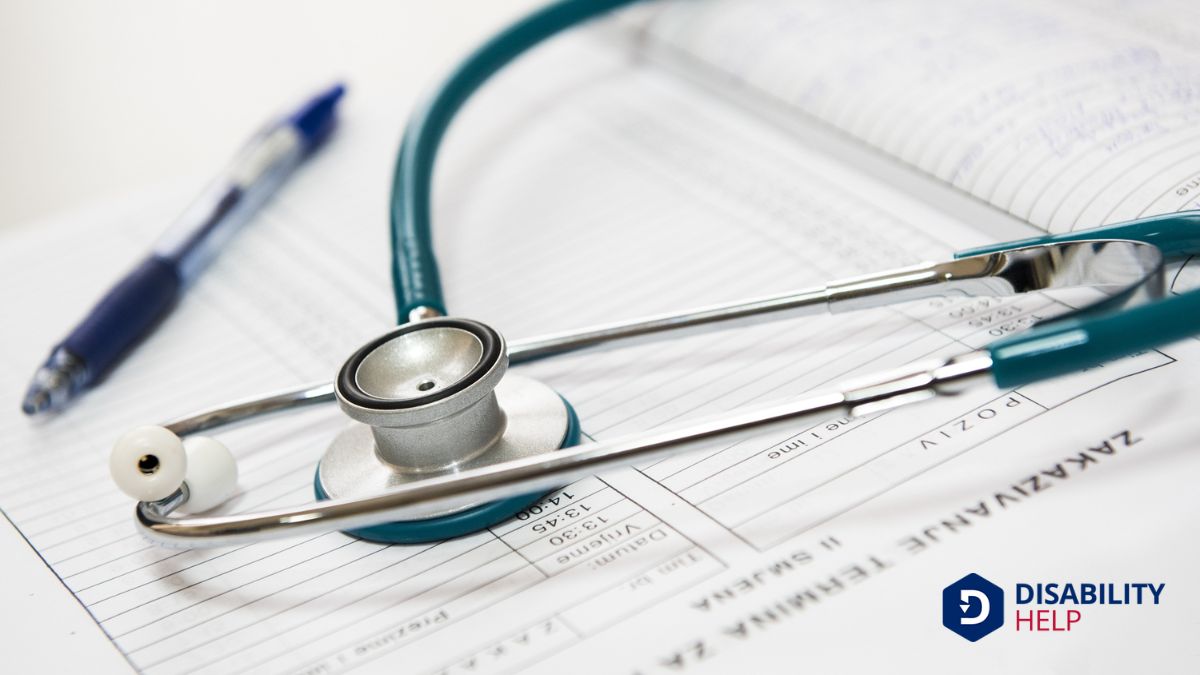Proving a slip and fall is important because it lets us hold negligent property owners accountable and guarantees victims get the compensation they deserve. We need to demonstrate the property owner's failure to exercise reasonable care by documenting economic and non-economic damages, like medical expenses and pain and suffering. Immediate actions, such as capturing photos and gathering witness statements, bolster our case. Additionally, medical records illustrate the injuries sustained and justify treatment costs. Avoiding contributory negligenceA legal concept where a party fails to exercise reasonable care, resulting in harm to another person... is also key to receiving full compensation. Understanding these elements could be the difference between a successful claim and disappointment.
Key Takeaways
- Establishing the property owner's liability and negligence is crucial for legal action.
- Demonstrates the extent and severity of injuries, essential for claiming damages.
- Supports the necessity and cost of medical treatments, which is vital for economic compensation.
- Helps avoid contributory negligence claims, ensuring fair compensation.
- Strengthens the overall legal case, increasing the likelihood of a favorable outcome.
Establishing Liability

When it comes to slip and fall cases, establishing liability is vital. We need to demonstrate the property owner's negligence to successfully hold them accountable. This involves proving they failed to exercise reasonable care, resulting in our injuries. Negligence can manifest in various ways, such as inadequate maintenance, lack of warnings, or not addressing hazards promptly. By pinpointing these lapses, we can make a strong case.
First, we must establish the property owner's duty of care. They're responsible for maintaining a safe environment, whether it's a store, home, or public space. Once we establish this duty, we need to show they breached it through negligence. For instance, if a spill wasn't cleaned up or a broken step wasn't fixed, these are clear breaches.
Gathering crucial evidence is vital to solidify our claim. Witness statements can provide firsthand accounts of the incident, while photos can visually depict the hazardous conditions that led to the fall. This evidence helps link the property owner's negligence directly to our injuries. By meticulously presenting these elements, we can establish liability and move closer to justice in our slip-and-fall case.
Proving Damages
Proving damages in a slip and fall case is vital to securing fair compensation. When we pursue a personal injury lawsuit, we need to meticulously document every aspect of our damages. This includes not only the obvious economic losses like medical expenses and lost wages but also non-economic damages such as pain and suffering and emotional distress.
To effectively prove these damages, we should focus on:
- Collecting medical records and bills: These documents are essential for establishing the extent of our injuries and the costs incurred for treatment.
- Gathering testimony from medical experts: Expert opinions can validate the severity of our injuries and the necessity of medical treatments.
- Securing witness statements: Witnesses can provide valuable accounts of the incident and our condition immediately after the fall.
- Collaborating with a personal injury lawyer: A skilled lawyer can help us navigate the complex legal landscape, ensuring that all aspects of our damages are fully represented and maximized.
Avoiding Contributory Negligence
Contributory negligence, a legal doctrine, can greatly impact our ability to recover compensation in slip and fall cases. If we're found even partially at fault for the accident, our compensation could be reduced or denied altogether. That's why proving a lack of fault is essential. We need to gather strong evidence showing we weren't responsible for the slip and fall accident.
Witness statements can be invaluable in this regard. They provide firsthand accounts that support our claim of no fault.
Additionally, video footage from security cameras or smartphones can clearly show the conditions that led to the accident, further proving our lack of fault. This kind of evidence is necessary to avoid findings of contributory negligence.
Securing Immediate Evidence
Securing immediate evidence is absolutely necessary after a slip and fall accident. Doing so strengthens our case and guarantees we can effectively prove the incident. Immediate evidence collection involves several important steps that we should follow without delay.
- Photos of Hazards: We need to take detailed photos of hazards such as spilled liquids, uneven flooring, or any other dangerous conditions that caused the fall. These images can be crucial in proving slip and fall cases.
- Witness Statements: Gathering witness statements promptly is essential. Witnesses can provide unbiased accounts that corroborate the details of our incident, making our claims more credible.
- Accident Report: Filing an accident report at the scene is another important step. This document records the immediate aftermath and the conditions surrounding the fall, which can be referenced later on.
- Medical Attention: Seeking immediate medical attention isn't just about health; it's also about linking our injuries directly to the slip and fall. Medical records can serve as vital evidence in our case.
Consulting a personal injury lawyer as soon as possible provides us with expert guidance on securing evidence effectively. By following these steps, we enhance our ability to prove the slip and fall incident and strengthen our position.
Role of Medical Records

Let's talk about the significance of medical records in slip-and-fall cases.
They document the severity of our injuries, demonstrate the necessity of the treatments we received, and, importantly, link the injuries directly to the fall. Without these records, proving the connection between the accident and our injuries becomes much harder.
Documenting Injury Severity
Although often overlooked, medical records play an essential role in proving the severity of injuries sustained in a slip and fall accident. These records detail the extent of injuries, offering a direct connection between the fall and the injuries sustained. By including information on the treatment received and the severity of the injuries, medical records provide pivotal evidence to demonstrate the impact of hazards encountered during the incident.
Let's break down why medical records are so crucial:
- Detail of Injuries: Medical records precisely document the extent of injuries sustained, which is vital for establishing the seriousness of the slip and fall incident.
- Treatment Timeline: Information on the treatment received helps to show the immediate and ongoing medical needs resulting from the accident, reinforcing the severity of injuries.
- Hazard Impact: These records illustrate the impact of hazards that caused the slip and fall, linking the conditions directly to the injuries.
- Legal Connection: Medical records establish a clear connection between the slip and fall incident and the resulting injuries, providing a solid foundation for any legal claims.
Demonstrating Treatment Necessity
When it comes to demonstrating the importance of treatment after a slip and fall accident, medical records serve as irreplaceable evidence. They provide a detailed account of the injuries sustained and the medical care administered. By meticulously documenting each step of the treatment process, these records help establish the treatment importance directly resulting from the slip and fall accident.
Medical records are essential in linking the injuries to the accident, showing that the medical care received was crucial and directly caused by the incident. This documentation is vital when filing a compensation claim, as it supports the need for reimbursement of medical expenses. Without thorough medical records, it becomes challenging to prove how the injuries impacted our health and why the treatments were necessary.
Moreover, detailed medical records can demonstrate the severity and long-term impact of the injuries sustained. This all-encompassing documentation strengthens our case by showing how the slip and fall incident affected our overall well-being.
Linking Injury to Fall
Medical records play a pivotal role in establishing a direct link between a slip and fall incident and the resulting injuries. They provide detailed documentation of the extent of injuries sustained, which is essential for our case. When we present these records, we clearly show the need for medical treatment and the expenses incurred due to the fall. This evidence is vital in proving the severity of the injuries caused by the slip and fall.
In states with comparative fault laws, these records are even more significant. They help in precisely linking the injuries to the fall, minimizing any arguments that the injuries were pre-existing or caused by another incident. To make this clear, let's break it down:
- Injury Documentation: Medical records detail the specific injuries sustained, helping us establish a direct connection to the fall.
- Proving Severity: These records prove the severity and extent of injuries, which is necessary for evaluating the impact on our lives.
- Medical Treatment Necessity: They demonstrate the need for medical treatment, supporting our claim for expenses incurred.
- Comparative Fault: In states with comparative fault laws, records are significant for linking injuries directly to the fall, ensuring accurate fault allocation.
Legal Assistance Benefits
Seeking legal assistance can be a game-changer for those involved in slip and fall cases. When we face slip and fall accidents, having a legal team on our side ensures that we gather all the evidence needed to strengthen our claim. Lawyers are skilled at collecting key pieces of evidence, such as surveillance footage, that might be essential in proving negligence and establishing premises liability.
Legal representationThe way people with disabilities are depicted in media, culture, and politics, often influencing pub... also means we've experts who can identify and counter weaknesses in the insurance company's arguments. They advocate on our behalf, working diligently to maximize settlement amounts and prevent us from accepting unfair offers. This proactive approach increases our chances of a successful claim significantly.
Moreover, dealing with the legal complexities of slip and fall cases can be overwhelming. A lawyer's expertise provides us with a clear path, helping us understand each step of the process and making certain that we don't miss any crucial details. Ultimately, their involvement can make the difference between a fair compensation and a disappointing outcome.
Frequently Asked Questions
Why Is It Important to Document Incidences Right Away, Such as a Slip and Fall or an Emergency?
We should document incidents like slip and falls immediately because it preserves important details and evidence. This helps guarantee accurate witness accounts, prevents memory fade, and strengthens our case by providing a clear, detailed record of the incident.
Why Are Slip and Fall Cases Hard to Win?
Slip and fall cases are hard to win because we must prove liability and negligence. Insurance companies dispute claims, evidence can be scarce, and legal standards are complex. We need strong evidence and expert legal help to succeed.
What Is the Highest Payout for Slip and Fall?
The highest payout for a slip-and-fall case can reach over $10 million. It depends on injury severity, liability clarity, and insurance coverage. Understanding these factors helps us assess our case's potential worth accurately.
What Are the 4 Causes of Slip and Fall Accidents?
Let's discuss the four causes of slip and fall accidents: wet or slippery floors, uneven surfaces, inadequate lighting, and lack of warning signs. Understanding these factors helps us identify risks and prevent potential accidents.
Conclusion
To sum up, proving a slip and fall case is essential for several reasons. By establishing liability and proving damages, we can secure the compensation we deserve. Gathering immediate evidence and ensuring accurate medical records helps us avoid contributory negligence. Finally, seeking legal assistance maximizes our chances of success. Let's remember, every step we take strengthens our case and brings us closer to justice and recovery.






